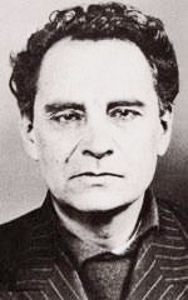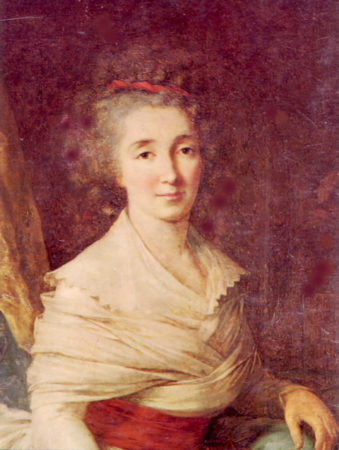Most of you are likely familiar with Robert Louis Stevenson’s novel, Strange Case of Dr. Jekyll and Mr. Hyde. You’ve read the book, seen one of the movie versions (including The Nutty Professor), or know the story just in passing. By chance you don’t, it’s the tale of a respected doctor, Henry Jekyll, who experiments with and drinks a serum that changes him into an evil, demented, and murderous thug, Edward Hyde.

Today’s blog is about a man who comes as close to the story of Jekyll and Hyde as anyone I’ve ever run across. About the only difference is that Dr. Petiot did not drink serum to transform into the serial killer he was—he did it all on his own.
Did You Know?
After the Nazis successfully invaded France, Hitler decided he wanted France’s occupied zone to be on the same time as Berlin. So, he made Vichy change it. Today, Paris is still on the same time zone as Berlin (UTC+1; CET). France has thirteen separate time zones when its overseas territories are considered. Metropolitan France has only one-time zone called “Central European Time” or, CET. While we are familiar with the American time zones (Pacific, Mountain, Central, and Eastern), the world uses “Coordinated Universal Time” or, UTC. It is the primary time standard by which the world regulates clocks and time (it does not observe daylight-saving time). UTC is interchangeable with “Greenwich Mean Time” or, GMT. So, France and Germany are one hour ahead of UTC + 0 which runs through Great Britain. Prior to 1891, every French city and town was allowed to set its own time. However, once the trains started running, the government recognized the need to standardize the country’s time and they based it on solar time of Paris (historically speaking, hasn’t everything in France always revolved around Paris?).
After the August 1944 liberation, France decided not to return to the old time as the Allies were using the current one. I’m not going into the daylight-saving time issue as it really makes things complicated. Florida just passed a bill eliminating daylight-saving time but Congress has to approve it. I’m sure the Democrats and Republicans will find some way to bicker about this as well.
Let’s Meet the Good (but Crazy) Doctor
Marcel André Henri Félix Petiot (1897−1946) was born in Auxerre, France. During his childhood, Petiot committed many criminal acts including discharging a gun in school, robbery, and destruction of public property. It was also documented that he tortured small animals and enjoyed setting fires—all classic signs of a serial killer. Petiot was diagnosed as mentally ill and finished his basic education at a “special” school in Paris.
He served on the front during World War I where he was wounded and gassed. Sent to various rest homes, Petiot was arrested for multiple thefts. Thrown into prison, Petiot was again diagnosed with mental illness. So, what did the French officials do? They sent Petiot back to the front where he attempted to blow off one of his feet with a grenade. This exploit managed to get him honorably discharged (Corporal Klinger from M*A*S*H certainly would have been proud).
Petiot earned his medical degree in 1921 whereupon he set up practice in Villeneuve-sur-Yonne. He soon earned a nefarious reputation as a drug supplier, abortionist, and a thief. He also likely claimed his first victim in 1926. That same year, Petiot won the mayoral election which gave him the opportunity to embezzle the city’s funds. One year later, Petiot married Georgette and within a year, a son was born. By 1932, the citizens had figured him out and he moved his family to Paris. Read More “Dr. Jekyll and Mr. Hyde”

